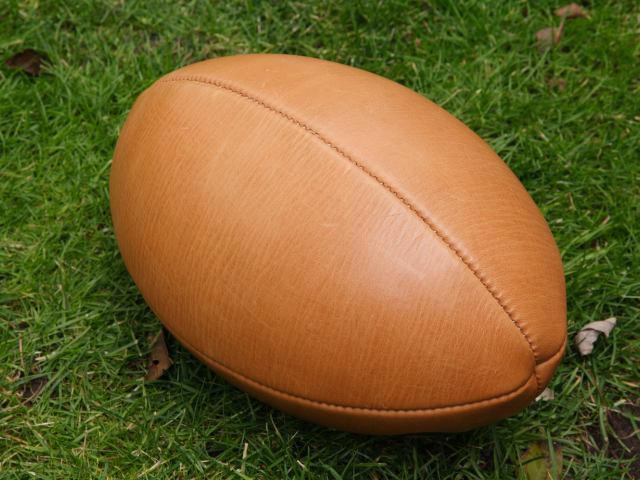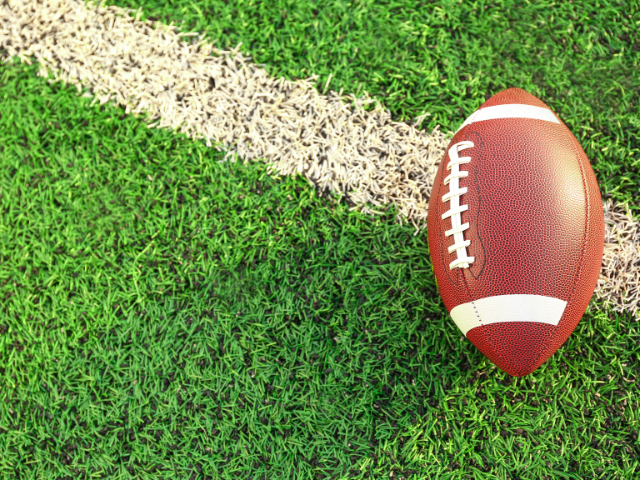In this guide, we’ll walk you through some top Youth Rugby Ball Recommendations, why ball size matters, and how to pick the best one for your budding rugby star.
Rugby is a fantastic sport for kids. It teaches teamwork, discipline, and resilience.
But like any sport, having the right equipment is essential, starting with the rugby ball.
Whether your child is just beginning or has been playing for a while, choosing the right ball can make all the difference in their experience on the field.
Understanding the Importance of a Good Rugby Ball
The rugby ball is the heart of the game.
Having the right size and quality is crucial, especially for young players.
A ball that’s too large or heavy can make it difficult for kids to learn proper techniques like passing, catching, and kicking.
On the other hand, a lightweight and well-designed ball helps build confidence and improves their skills faster.
Plus, a well-made rugby ball can last through all the practices and games your child will participate in, making it a wise investment.
What to Look for in a Youth Rugby Ball
When you’re looking for the best rugby ball for kids, there are a few key features to keep in mind:

Size: Youth rugby balls typically come in sizes 3, 4, and 5. Your size will depend on your child’s age and the league they’re playing in.
Grip: A ball with a good grip is crucial, especially for beginners. It helps with handling and passing during games or practices.
Durability: Kids can be rough with their equipment, so a rugby ball made from durable materials will last longer and withstand constant use.
Weight: Lightweight balls are ideal for younger players, making learning basic skills easier.
Let’s dive into some of the best youth rugby ball recommendations available today.
Top Youth Rugby Ball Recommendations
1. Gilbert G-TR4000 Training Rugby Ball
The Gilbert G-TR4000 is a top-rated rugby ball for kids and beginners. It’s specifically designed for training, making it an excellent option for daily practice.
Its strong grip pattern allows young players to learn and improve their passing and catching skills with ease.
- Size options: Available in sizes 3, 4, and 5
- Key feature: Durable construction, ideal for regular use
- Recommended for: Youth players looking to practice their skills
2. Rhino Cyclone Training Rugby Ball
Rhino is known for producing some of the best rugby equipment, and the Rhino Cyclone Training Rugby Ball lives up to the brand’s reputation.
It’s lightweight, easy to handle, and has a sturdy grip that helps players control the ball in all weather conditions. This ball is also durable enough to last through many training sessions.
- Size options: Available in sizes 4 and 5
- Key feature: Designed to maintain its shape after repeated use
- Recommended for: Children and teens focused on improving passing accuracy and ball control
3. Adidas Youth Rugby Ball
Adidas has a long-standing reputation for quality in sports, and its youth rugby ball does not disappoint. Its unique textured surface offers excellent grip and control.
It’s also a lightweight option, making it easier for young players to manage during practice and matches.
- Size options: Available in size 4
- Key feature: High-quality grip for optimal handling
- Recommended for: Youth players who are refining their skills and preparing for games
Rugby Ball Size Guide for Youth Players
Choosing the correct ball size for your child is critical to their success on the field. Here’s a quick breakdown to help you decide:

- Size 3: This size is best for kids under the age of 9. It is smaller and lighter, making it ideal for little hands to handle and learn the basics of rugby.
- Size 4: This size is recommended for kids aged 10 to 14. It helps them transition into more serious gameplay while still being manageable for growing hands.
- Size 5: This is the standard size used in most youth and adult games from ages 15 and up. It’s the largest and heaviest, preparing teens for adult-level rugby.
Why Grip Matters in a Rugby Ball
One feature that often gets overlooked when buying a rugby ball is the grip.
For younger players, grip can be the difference between enjoying the game and getting frustrated.
A good grip helps kids grasp the ball better, especially when learning the fundamentals.
Grip ensures that passes are more accurate and catches are more straightforward, which builds confidence in young players.
So, look for balls with a well-textured surface that gives extra grip, even in wet conditions.
How to Take Care of Your Youth Rugby Ball
A rugby ball can last a long time if it’s properly cared for. Here are a few maintenance tips to help you keep your ball in great shape:
Inflation: Always check the recommended pressure and use a hand pump to inflate the ball to the correct level. Overinflating can damage the ball, while underinflating can affect its performance.
Cleaning: After each game or practice, wipe down the ball with a damp cloth to remove dirt and grime. This will also help maintain the grip over time.
Storage: store your rugby ball in a cool, dry place when not in use. Avoid leaving it in direct sunlight or wet conditions, as these can weaken the material.
Conclusion
Choosing the right rugby ball for young players is essential in their rugby journey.
From sizing to grip and durability, several factors must be considered when selecting the best one for your child.
Gilbert, Rhino, and Adidas are just a few brands that offer excellent options for beginners.
Always remember to consider your child’s age and skill level when purchasing a ball, and don’t maintain it properly to ensure it lasts for many practices and games.
Don’t forget to check out our recently published articles for more rugby training tips, gear reviews, and helpful advice!